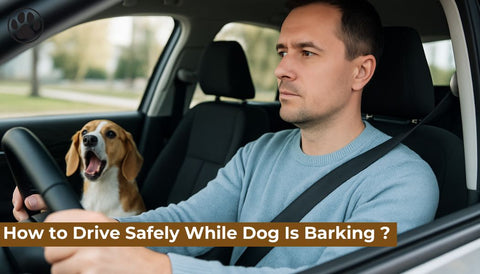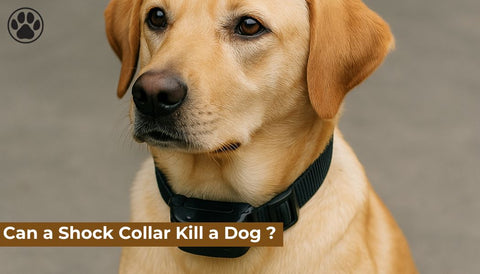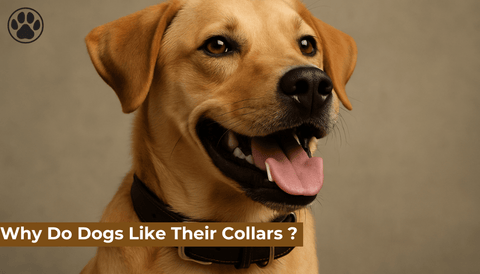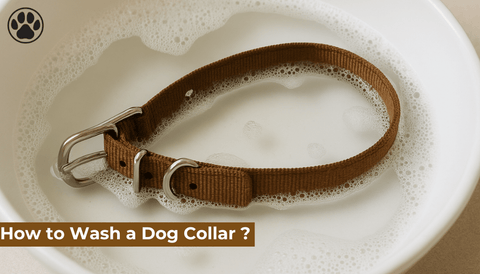
Why Is My Dog Shaking and Panting?
of reading - words
Dogs are known for their expressive behaviors, but when your dog starts shaking and panting, it’s natural to feel concerned. These symptoms can indicate a wide range of issues, from mild discomfort to serious health problems. In this article, we’ll explore the potential reasons behind shaking and panting in dogs, when to seek veterinary help, and how to address the underlying causes.
Common Reasons Why Dogs Shake and Pant
Shaking and panting are often interconnected behaviors that may indicate physical or emotional distress. Below are some of the most common causes:
1. Anxiety and Stress
Dogs can shake and pant when they are anxious or stressed. Common triggers include:
-
Loud noises such as fireworks or thunderstorms
-
Separation anxiety when left alone
-
Meeting new people or animals
-
Traveling or unfamiliar environments
Panting and shaking due to stress are usually temporary and subside once the stressful situation resolves.
2. Pain or Injury
Pain is a significant cause of shaking and panting in dogs. These symptoms might occur if your dog has:
-
Sprains, fractures, or other injuries
-
Arthritis or joint pain
-
Post-surgical discomfort
Watch for additional signs like limping, avoiding movement, or whimpering.
3. Overheating
Panting is a dog’s primary method of cooling down, but excessive panting combined with shaking may indicate heat exhaustion or heatstroke. Common signs of overheating include:
-
Excessive drooling
-
Red gums or tongue
-
Weakness or collapse
Heatstroke is a medical emergency and requires immediate attention.
4. Illness or Infection
Certain illnesses or infections can lead to symptoms of shaking and panting. These may include:
-
Fever or systemic infections
-
Gastrointestinal issues causing discomfort
-
Canine distemper, a viral disease with neurological effects
5. Fear or Phobia
Dogs with specific fears or phobias may exhibit shaking and panting when exposed to their triggers. For example, a dog afraid of thunderstorms might shake and pant during a storm.
6. Toxicity or Poisoning
Exposure to toxic substances, such as chocolate, certain plants, or household chemicals, can cause shaking, panting, and other severe symptoms like vomiting or seizures. Immediate veterinary care is crucial if poisoning is suspected.
7. Old Age and Neurological Issues
As dogs age, they may develop neurological conditions such as tremors or seizures that cause shaking and panting. Cognitive dysfunction syndrome (similar to Alzheimer’s in humans) can also contribute to these behaviors.
8. Low Blood Sugar
Small breeds, puppies, and diabetic dogs are particularly prone to hypoglycemia (low blood sugar). Symptoms include shaking, panting, lethargy, and even seizures. Quick action, such as offering a small amount of honey or syrup, can help stabilize blood sugar levels until you reach a veterinarian.
9. Side Effects of Medication
Some medications may cause side effects like shaking and panting. If your dog’s symptoms began after starting a new medication, consult your veterinarian for advice.
When to Seek Veterinary Attention
While occasional shaking and panting might not be a cause for concern, certain signs indicate the need for immediate veterinary care:
-
Symptoms persist or worsen over time
-
Your dog shows additional symptoms like vomiting, diarrhea, or lethargy
-
Signs of poisoning, such as seizures or drooling
-
Overheating with a body temperature above 103°F (39.4°C)
How to Help a Dog That Is Shaking and Panting
1. Identify the Cause
Observe your dog’s environment and behavior to determine possible triggers. Consider recent changes, exposures, or stressors that might be causing the symptoms.
2. Create a Calm Environment
If stress or anxiety is the cause, move your dog to a quiet, safe space. Calming aids such as pheromone diffusers, weighted blankets, or soothing music can help reduce anxiety.
3. Check for Overheating
If overheating is suspected:
-
Move your dog to a cool area
-
Offer fresh water
-
Use cool (not cold) towels to lower their body temperature
4. Address Pain or Discomfort
For pain-related issues, consult your veterinarian for appropriate pain management options, such as medications or physical therapy.
5. Provide Immediate First Aid for Emergencies
In cases of poisoning or hypoglycemia, take immediate action and contact your veterinarian or an emergency animal clinic.
6. Maintain Regular Check-Ups
Routine veterinary visits can help identify and manage underlying health conditions before they escalate into serious problems.
Preventing Shaking and Panting in Dogs
While not all causes of shaking and panting can be prevented, you can take steps to minimize the likelihood of these symptoms:
-
Proper Training: Help your dog feel more confident in stressful situations through gradual exposure and positive reinforcement.
-
Temperature Management: Avoid exercising your dog in extreme heat and always provide access to shade and water.
-
Safe Environment: Keep harmful substances out of reach and supervise your dog to prevent accidental ingestion.
-
Healthy Lifestyle: Maintain a balanced diet and regular exercise to support your dog’s overall health.
Frequently Asked Questions (FAQ)
1. Why is my dog shaking and panting at night? Nighttime shaking and panting may be caused by anxiety, discomfort, or age-related cognitive changes. Consult your veterinarian to determine the underlying cause.
2. Can stress cause my dog to shake and pant? Yes, stress and anxiety are common causes of shaking and panting in dogs. Identifying and addressing the stressor can help alleviate these symptoms.
3. Is shaking and panting always a medical emergency? Not always. Mild or temporary symptoms might not be serious, but persistent or severe symptoms should be evaluated by a veterinarian.
4. What should I do if my dog is shaking and panting after exercise? Ensure your dog is not overheating and provide water and a cool place to rest. If symptoms persist, consult your veterinarian.
5. How can I calm my dog during a thunderstorm? Create a safe space, use calming aids, and consider desensitization training to help your dog feel more secure during storms.




